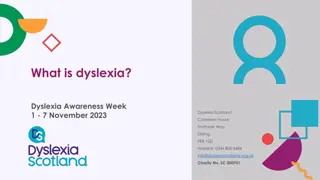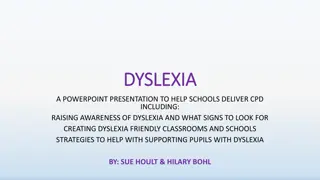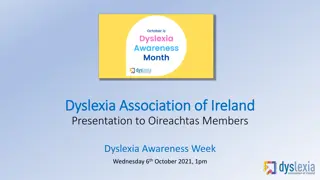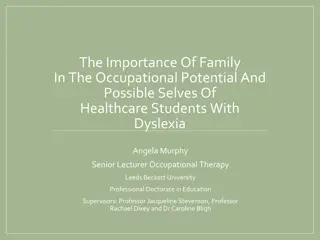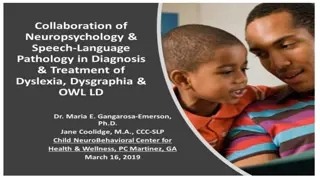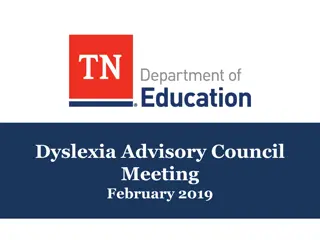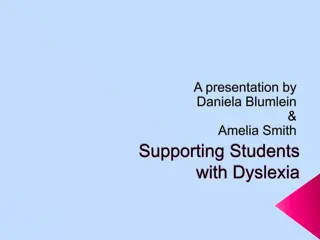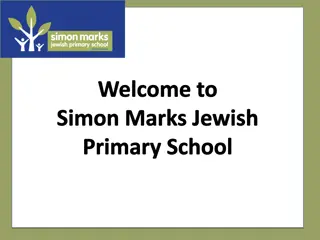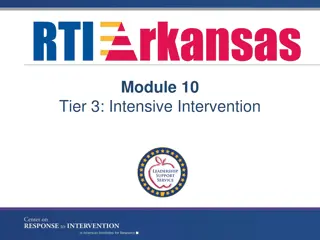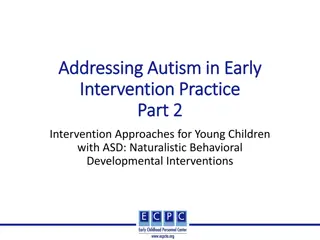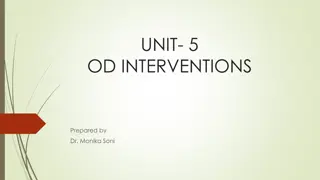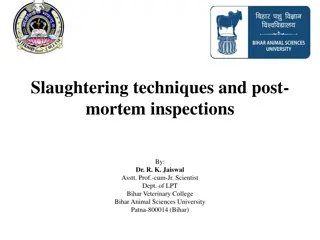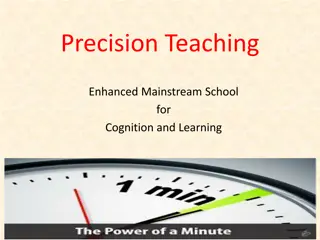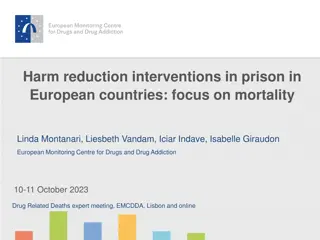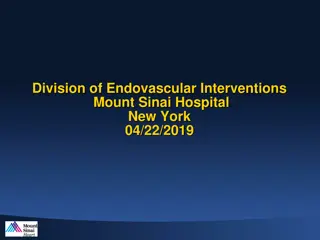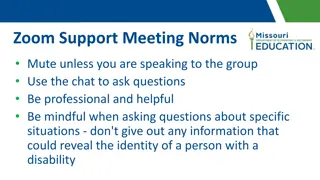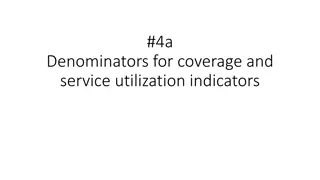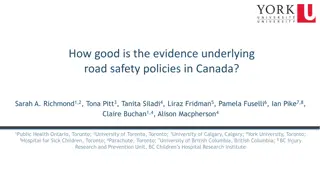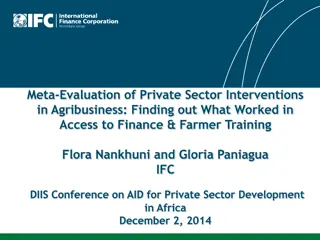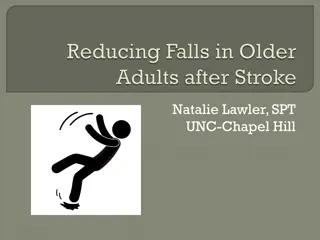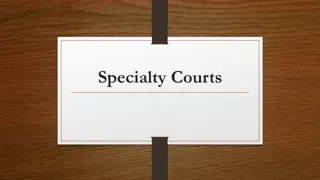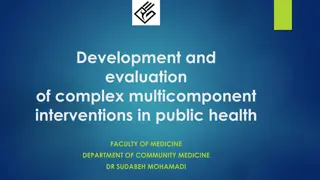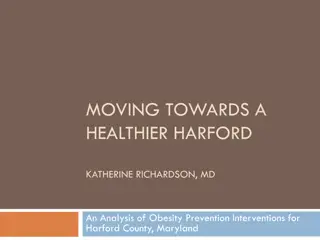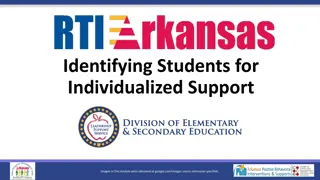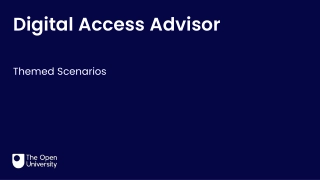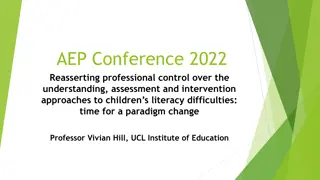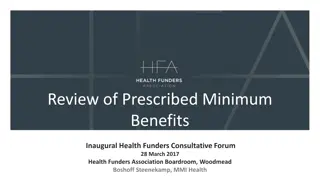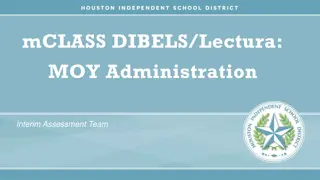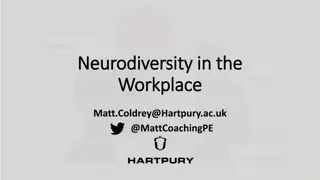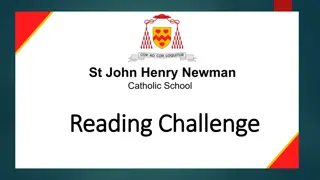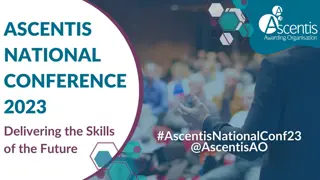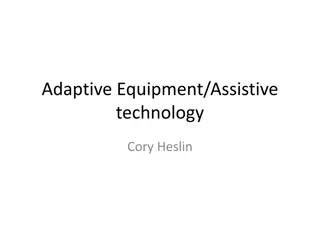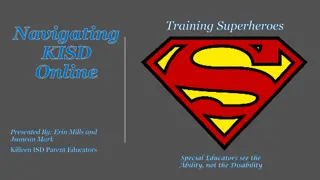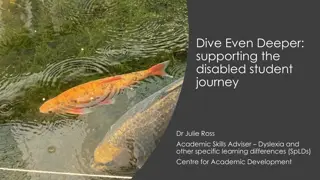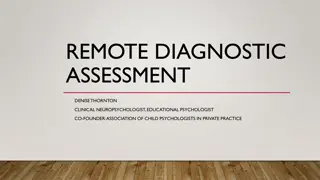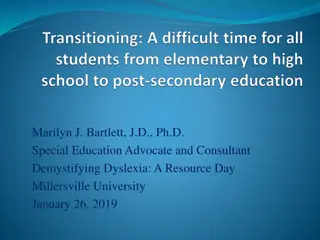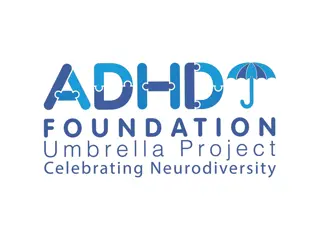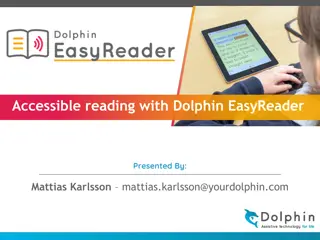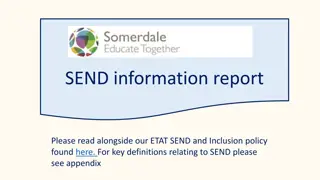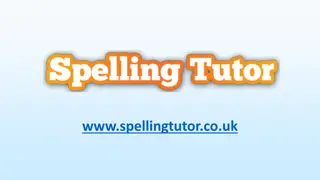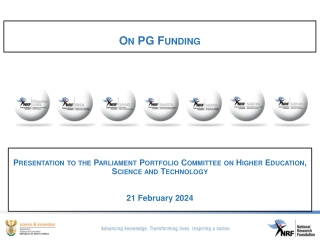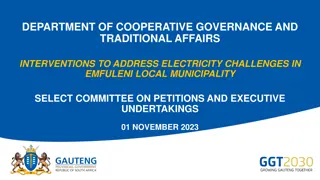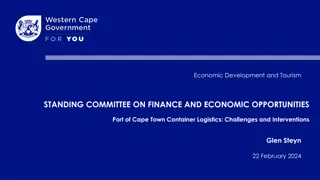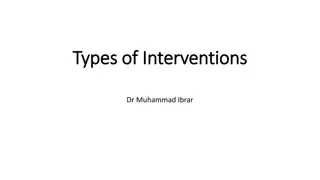Challenges in Dyslexia Interventions: Snakeoil or Kosher?
Dyslexia, a spectrum of specific learning difficulties, poses challenges in reading, writing, and more. While the Ministry of Education recognizes dyslexia, there is a gap in tangible support for schools. Expectations have shifted with parents now seeking more tailored interventions. However, guidance on suitable educational programs is lacking, highlighting the need for effective interventions to support children with dyslexia.
Download Presentation

Please find below an Image/Link to download the presentation.
The content on the website is provided AS IS for your information and personal use only. It may not be sold, licensed, or shared on other websites without obtaining consent from the author. Download presentation by click this link. If you encounter any issues during the download, it is possible that the publisher has removed the file from their server.
E N D
Presentation Transcript
Snakeoil or kosher: implications for interventions for dyslexia Fiona Ayers Psychology for Children
What is dyslexia? (Just a reminder) The Ministry of Education released the following working definition of dyslexia in 2007. Dyslexia is a spectrum of specific learning difficulties and is evident when accurate and/or fluent reading and writing skills, particularly phonological awareness, develop incompletely or with great difficulty. This may include difficulties with one or more of reading, writing, spelling, numeracy, or musical notation. These difficulties are persistent despite access to learning opportunities that are effective and appropriate for most other children. People with dyslexia can be found across the achievement spectrum and sometimes have a number of associated secondary characteristics which may also need to be addressed, such as difficulties with auditory and/or visual perception; planning and organising; short-term memory; motor skills or social interaction.
Background to the current situation Since the MoE recognised dyslexia as a learning difficulty there has been an explosion in services offered to support children with specific learning disabilities Other than the publication of a booklet for schools the MoE does not appear to have provided any tangible support for schools in meeting the needs of otherwise able students who struggle with learning in literacy and often other areas
Background to the current situation (2) Previous to the MoE s recognition of dyslexia the primary provider was SPELD, with schools essentially not making specific interventions to support students who learned differently to their peers Now that MoE recognises dyslexia there are expectations from parents that schools will do things differently
Background to the current situation (3) With the change in MoE structures there is less of an advice and guidance role from MoE-SE staff as to what educational interventions are suitable While RTLB may be in a position to offer such advice and guidance many RTLB do not appear to have the critical skills to be able to determine which programmes are suitable
Background to the current situation (4) While parents have expectations on schools there is also increased interest in those programmes offered in the community
Outline of this discussion (1) School based interventions Bannatyne Brain Gym Earobics Fast ForWord Lexia
Outline of this discussion (2) School based interventions continued Rainbow Reading Reading Recovery Reciprocal Teaching Steps to Literacy SuccessMaker
Outline of this discussion (3) Community based interventions Cellfield Danks Davis Davis Developmental Optometry Dore Fast ForWord Irlen Johansen Individualised Auditory Stimulation Kip McGrath SPELD
Bannatyne The programme The Bannatyne Reading Programme is reported to be a comprehensive, integrated reading programme, writing program, spelling programme, language programme, and reading comprehension training programme.
Bannatyne The evidence There is substantial anecdotal evidence on the Bannatyne website which suggests that the programme is effective I have not found any effectiveness studies not written by Bannatyne himself
Brain Gym The programme Brain Gym refers to a programme of the Educational Kinesiology Foundation used to improve many different skills including listening, attention, memory, coordination and academic skills. It incorporates gentle physical movements to coordinate the brain and body for greater productivity and learning.
Brain Gym The evidence The research page on the Brain Gym website is blank I am not aware of any articles published in peer reviewed journals
Earobics The programme Earobics is interactive software that provides students with individual, systematic instruction in early literacy The programme builds children s skills in phonemic awareness, auditory processing, and phonics, as well as the cognitive and language skills required for comprehension Each level of instruction addresses recognising and blending sounds, rhyming, and discriminating phonemes within words, adjusting to each student s ability level
Earobics Evidence The WWC reviewed 28 studies on Earobics. Two of these studies meet WWC evidence standards; two studies meet WWC evidence standards with reservations; the remaining 24 studies either do not meet WWC evidence standards or do not meet eligibility screens. Based on the four studies, the WWC found positive effects for alphabetics and potentially positive effects for reading fluency
Fast ForWord The programme Fast ForWord is a family of computer-based products. According to the developer's website, the programmes help students develop and strengthen the cognitive skills necessary for successful reading and learning. Participants spend 30 to 100 minutes a day, five days a week, for four to 16 weeks with the exercises.
Fast ForWord The evidence Five studies of Fast ForWord met the What Works Clearinghouse evidence standards and one study met WWC evidence standards with reservations. The WWC considers the extent of evidence for Fast ForWord to be small for alphabetics and comprehension. No studies that met WWC evidence standards with or without reservations addressed fluency or general reading achievement. The programme itself is costly and the research results are mixed
Lexia The Programme Lexia Reading is a computerised reading programme that provides phonics instruction and gives students independent practice in basic reading skills. Lexia Reading is designed to supplement regular classroom instruction.
Lexia The evidence Two studies of Lexia Reading meet What Works Clearinghouse evidence standards and one study meets WWC evidence standards with reservations. Based on these three studies, the WWC considers the extent of evidence for Lexia Reading to be small for alphabetics, fluency, comprehension, and general reading achievement.
Rainbow Reading The programme The Rainbow Reading Programme is a programme based on Tape Assisted Reading and Repeated Reading Books are leveled, colour coded, and are accompanied by a specially recorded audio CD to provide support for readers
Rainbow Reading The evidence WWC stated in 2007 that there were no studies meeting evidence standards While the website offers some research reports only one appears to have been published (in the Reading Today for Tomorrow Newsletter). One other article has been submitted to the Reading Teacher There is good evidence in the peer reviewed literature that both Repeated Reading and Tape Assisted reading are valid
Reading Recovery The programme Reading Recoveryis a short-term 1-1 tutoring intervention designed to serve the lowest- achieving six year old students. The tutoring, which is conducted by trained Reading Recovery teachers, takes place for 30 minutes a day over a period of 12 to 20 weeks
Reading Recovery The evidence Reading Recovery was found to have positive effects on alphabetics and general reading achievement and potentially positive effects on fluency and comprehension Some New Zealand Schools have found this programme too expensive to sustain
Reciprocal Teaching The programme Reciprocal teaching is an interactive instructional practice that aims to improve students reading comprehension by teaching strategies to obtain meaning from a text. The teacher and students take turns leading a dialogue regarding segments of the text. Students discuss with their teacher how to apply four comprehension strategies generating questions, summarising, clarifying, and predicting to passages of text.
Reciprocal Teaching The evidence The What Works Clearing house found that Reciprocal teaching was found to have mixed effects on comprehension for adolescent learners My own research with Julia Westera (now dated) demonstrated that when an adult was in a leadership role the strategy was very effective Research indicates that if an adult is not directly supervising the group the programme is less effective
Steps to Literacy The programme Steps is a literacy software programme which reportedly can be customised for any learner or school. It is said to be suitable for learners from 5 to adult and is designed to support the NZ curriculum. It is designed to cater for learners with difficulties, such as dyslexia or dyspraxia, but it is equally effective with any learner who needs a boost to their literacy skills.
Steps to Literacy The evidence There is ample anecdotal evidence on the website that the programme has been effective in a number of schools It has not been evaluated by the What Works Clearing House and as far as I know there are not yet any published papers proving the efficacy of the programme I have personally used an earlier version of the workbooks with success
Successmaker The programme The SuccessMaker programme is a set of computer-based courses used to supplement regular classroom reading instruction in grades K 8. Using adaptive lessons tailored to a student s reading level, SuccessMaker aims to improve understanding in areas such as phonological awareness, phonics, fluency, vocabulary, comprehension, and concepts of print.
Successmaker The evidence SuccessMaker was found to have no discernible effects on alphabetics and reading fluency, and potentially positive effects on comprehension and general literacy achievement. SuccessMaker appears to be more successful for adolescent learners
Cellfield The programme The website reports that Cellfield uses brain imaging, brain plasticity and computer science to do what others can't - rewire the brain in just two week s. Cellfield simultaneously targets: Phonological awareness Comprehension Spelling Working memory Attention
Cellfield The evidence One article published in Australian Journal of Learning Disabilities co written by the developer of the programme As with Fast ForWord the programme is costly
Danks Davis The programme Zannie Davis the developer of the programme reported that being dyslexic myself, I know from a life time of experience and from the success of my method that dyslexics are very visual learners with auditory blocks . The method targets the auditory processing, Once the auditory blocks clear, the method then strengthens the already strong visual skills
Danks Davis Evidence The evidence of the success of the method is shown by the academic difference of students from their 'IQ' test in their original assessments to their second 'IQ' test done two years later Improvements are reported to be not only in the academic side, also in the areas of self esteem, confidence, students attitude to work and overall academic achievements
Davis The programmes Davis Dyslexia Correction Facilitators offer individual correction programmes for Dyslexia, Dyspraxia, ADD/ADHD, Maths, and Handwriting. A range of programmes are offered including: Davis Reading Programme for Young Learners Davis Attention Mastery Programme Davis Maths Mastery Programme Davis Dyslexia Correction Programme
Davis The evidence The website suggests that the programme has a 97% success rate
Developmental Optometry Developmental or behavioural optometry is essentially difficulty using vision effectively It addresses: Lazy eyes Poor eye teaming Tracking Visual motor integration problems Visual perceptual disorders
Developmental Optometry Vision therapy in general is considered controversial in mainstream medicine There is a paucity of academic literature supporting its effectiveness, There is plenty of anecdotal evidence in schools that children benefit from intervention
Dore The programme The Dore programme is reported to be a unique, drug-free practical programme of physical exercise that will improve the ability to learn, as well as concentration, coordination and social skills. The programme is provided by Denzor Ltd who acquired the assets and the rights to operate the Dore Programme from the UK licence holder in October 2009
Dore The evidence The programme has been widely criticised due to the fact that it is expensive and that there is a lack of rigorous scientific study There are additional issues in terms of the compliance needed for the child to engage in exercises
Irlen The intervention People with Irlen syndrome (scotopic sensitivity syndrome) cannot read comfortably. The words are not clear and easy to see. They may blur, move or change. There is no typical Irlen syndrome profile. Light sensitivity, Contrast, Print, Span, Concentration, Depth
Irlen The evidence WWC stated in July 2007 that there were no studies meeting evidence standards The Irlen Website indicates that a recent review of 62 studies published in peer-reviewed journals found 56 studies with positive findings, 45 with positive results for particular reading skills, and 11 showing improvements in accommodation facility, eye movements while reading, and reduced headaches/migraine. Coloured overlays are considered an approved accommodation for standardised tests by many US states.
Johansen Individualised Auditory Stimulation The programme Johansen IAS is an Auditory Stimulation programme which involves listening to music specifically designed to stimulate the nerve pathways into and within the brain - in particular the areas dealing with language
Johansen Individualised Auditory Stimulation The evidence I have been unable to locate any evidence in the peer reviewed journals The New Zealand provider was unable to direct me to anything that was not written by Johansen himself
Kip McGrath Kip McGrath tutoring centers report that they follow the same learning methodology to achieve positive outcomes for every stage of each student s learning journey The curriculum is reported to be graded to enable progress that is constant, monitored and accelerated. For learners with literacy difficulties the programme Steps to Literacy is often utilised
SPELD The SPELD website indicates that the purpose of SPELD NZ is to work within the framework established by the Ministry of Education, to assist in reducing underachievement in education by students with dyslexia and other specific learning disabilities.
So which literacy programmes are most effective? Cooperative Integrated Reading and Composition Doors to Discovery Ladders to Literacy Literacy Express Project CRISS Read 180 (note these programmes are not all known in NZ)
So which literacy programmes are most effective? Reading Recovery Reciprocal Teaching Sound Partners Success for All SuccessMaker Voyager Universal Literacy System (note these programmes are not all known in NZ)
References What Work Clearing House http://ies.ed.govt.ncee/wwc http://www.bannatynereadingprogram.co m http://www.braingym.org.nz http://www.rainbowreading.co.nz http://www.learningstaircase.co.nz http://www.readingmatters.co.nz
References cont. http://www.davisdyslexia.co.nz http://www.dore.co.nz/team http://irlen.com http://www.johansenias http://www.smartlearning.co.nz http://www.kipmcgrath.co.nz http://www.speld.org.nz


